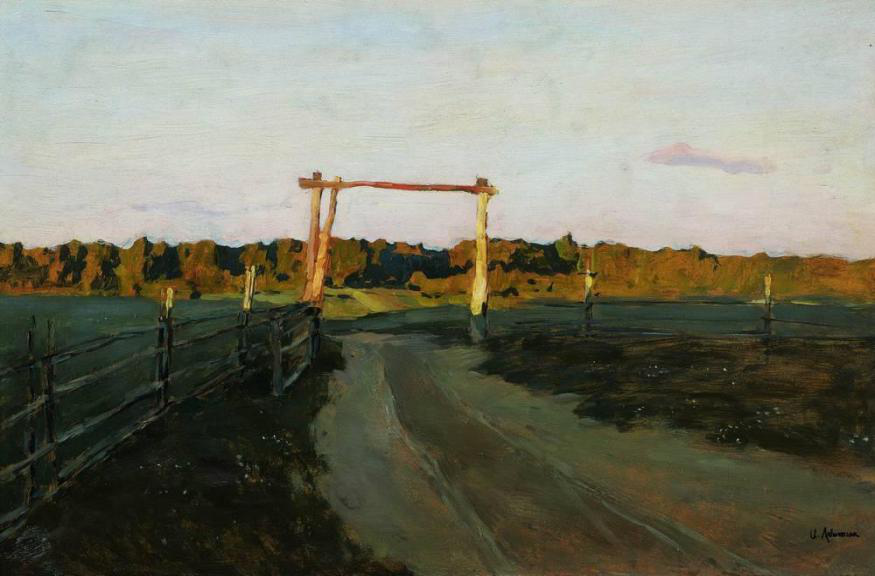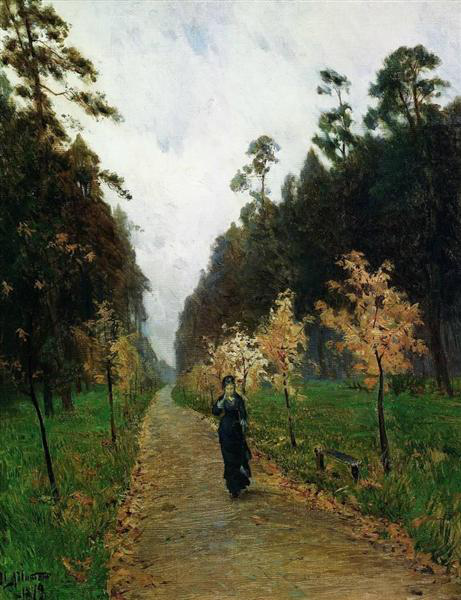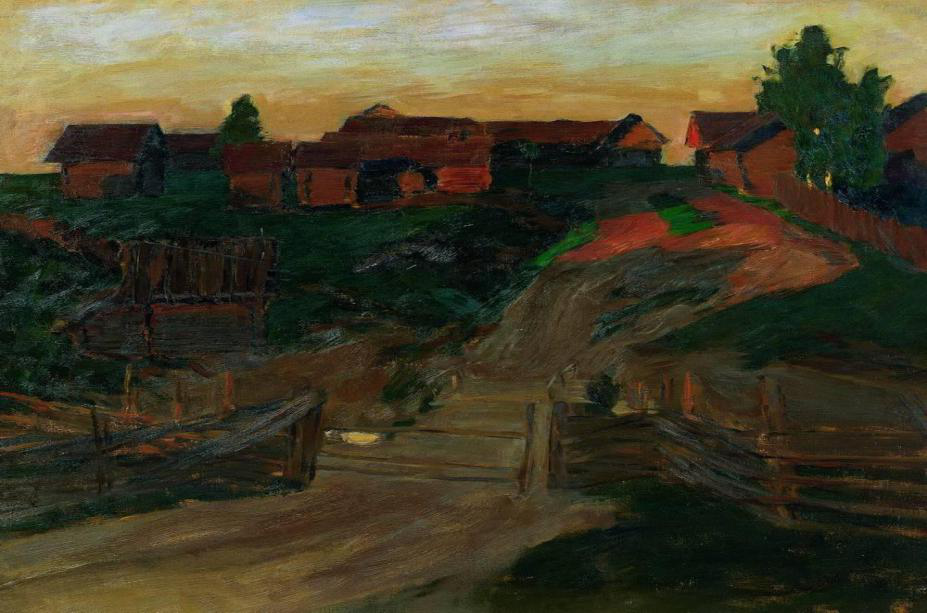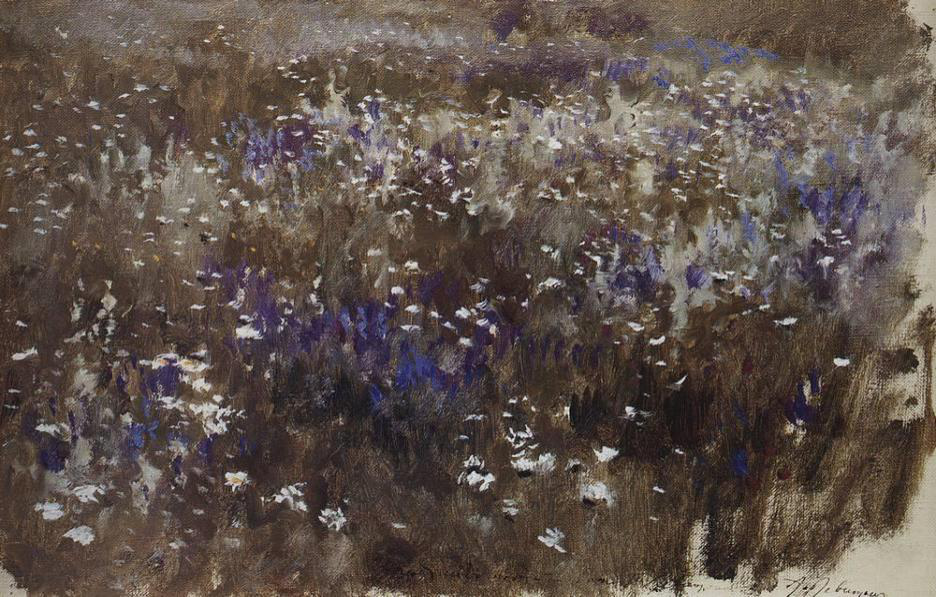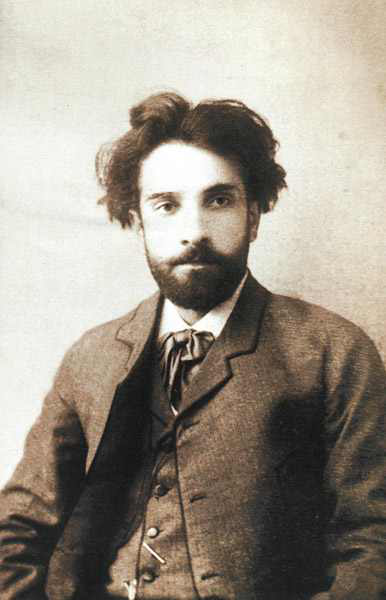Isaac Levitan – master of Russian landscape
Isaac Levitan is an outstanding founder of landscape paintings of the 19th century.
He was a classical Russian painter who developed the art of the “mood landscape” and his work belongs to the highest achievements of Russian culture. He has never searched for pretentious items for his paintings, but has remained true to the simple poetic motives of his native land.
Biography
The famous artist was born in 1860 in the city of Kibarty, in a small town in Lithuania, in a poor but educated Jewish family. In the late 1860s, the Levitan family, including children (Isaac, Adolf, Teresa and Emma), moved to Moscow in hope of a better life. Initially, the family lived near Solyanka Street off the savings made by the father when he worked as a private tutor. In 1873 following his brother, Isaac applied and in September was admitted to the Moscow School of Painting, Sculpture and Architecture.
Their mother died in 1875 when Isaac was fifteen, and two years later their father died after a long battle with typhus. The family descended into nasty poorness. Left homeless and starving, Isaac often had to spend nights at the Art School. However, the Art School’s Committee admitted the young artist’s talent and granted him a scholarship for purchasing canvas and paints. His works were first exhibited in a student section of the fifth show of the “Peredvizhniki” displaying landscapes “Evening” and “Sunny Day. Springtime” for which he was awarded two minor silver medals.
In connection with the exhibition, Levitan’s name was mentioned in the press for the first time. Throughout his life he was open to depression and tried to commit suicide twice. Levitan also had a heart illness that exhausted his strength and caused shooting pain throughout his body. It is believed that the sadness he carried in his heart was reflected in his work.
Levitan spent the last year of his life staying at several of his friends’ homes in the countryside outside Moscow. He did not have a family or children, though it is known that he had a number of affairs with married women. One of them was Sofia Petrovna Kuvshinnikova. In May of 1900 he caught a cold and returned to Moscow where Mrs. Turchaninova took care of him. Levitan died on July 22nd leaving about 40 unfinished paintings and 300 sketches.
Key ideas in painting
His drawings combine the key points of realism and symbolism. The natural simplicity of natural motifs is a distinctive feature of his artistic genius. Among many of his colleagues of landscape paintings Levitan stands out as a spiritual master creating a poetic image of nature, with its deep emotionality of color shades that makes the viewer feel in the artist’s painting the beautiful state of Russian nature, in all its splendor and tranquility. It is obvious that the artist had the ability to awaken deep human feelings through landscape painting. Although people, as a rule, are not present on his canvases, his landscapes invariably speak of humanity.
Nature is always represented in his artwork through the prism of personal human experience.
Paintings made by Isaac Levitan
Levitan’s attitude towards nature and the poetry of his art were in many points similar to the works of Anton Chekhov, who became his friend from the late 1870s. If his earlier works were chiefly of an intimate and lyrical character, his mature art becomes philosophical, expressing the artist’s meditation about man and the world. To this period belongs The Vladimirka Road (1892), a rare example of social historical landscape. In Above the Eternal Peace (1894) the artist’s meditations about the controversies of life, etc. Edge of forestSmall hut and Sunset over a Forest Lake are also good examples of philosophic character of Levitans` works and his personality.
Famous paintings of Isaac Levitan
Throughout his life, Levitan has created thousands of paintings and sketches. Among his famous paintings are the following:Summer evening